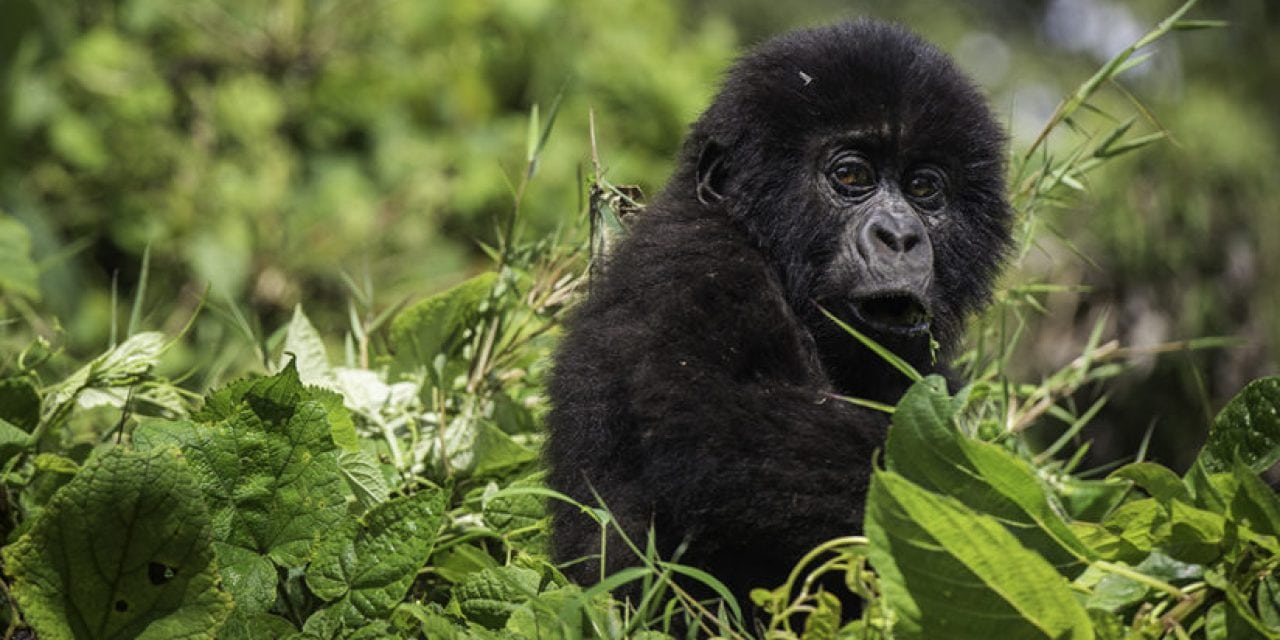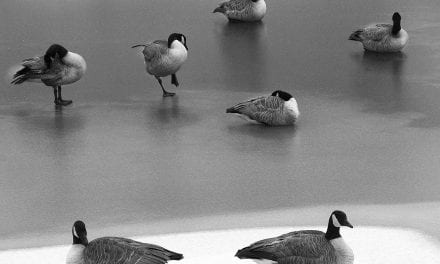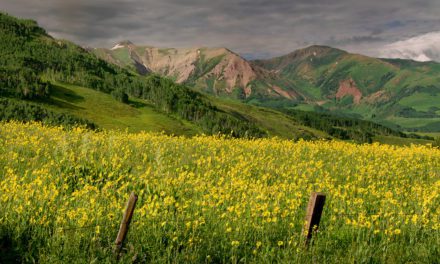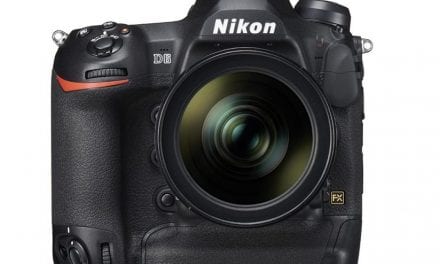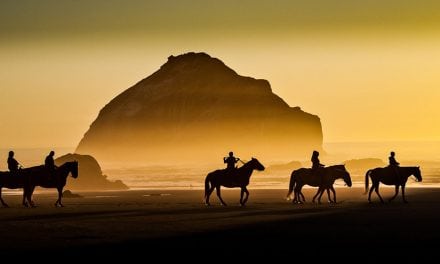
I timed my first mountain gorilla trekking experience in Rwanda to coincide with the 50th anniversary of the 1967 founding of the Karisoke Research Center by Dian Fossey. Many of the principals continuing her conservation efforts gathered at the Volcanoes Safaris Virunga Lodge for the opening of a map room in her name and the unveiling of its permanent exhibition “Explorers and Conservationists of the Virunga Volcanoes.” Dr. Tara Stoinski, president and chief scientific officer of The Dian Fossey Gorilla Fund International, summed up the results of the late primatologist’s efforts: “Dian was critical to ensuring the survival of mountain gorillas for generations to come.” While the circumstances surrounding Fossey’s murder in 1985 remain a mystery, the positive results of her efforts to save her beloved gorillas aren’t.
Before boarding a Brussels Airlines flight from New York to Kigali via Belgium, I went online and secured an East Africa visa, which covers Rwanda, Uganda and Kenya, filled a prescription for malaria pills, and packed my yellow fever certificate along with my passport. For trekking, I added long pants, long-sleeve shirts and gators to minimize contact with stinging nettles.
Touching down in Rwanda’s capital, I transferred to the Hôtel des Mille Collines, the actual name and location featured in the film “Hotel Rwanda.” The next day I toured the city, which included a sobering visit to The Kigali Genocide Memorial, before heading northwest to the Karisoke Research Center and then onto the Virunga Lodge.
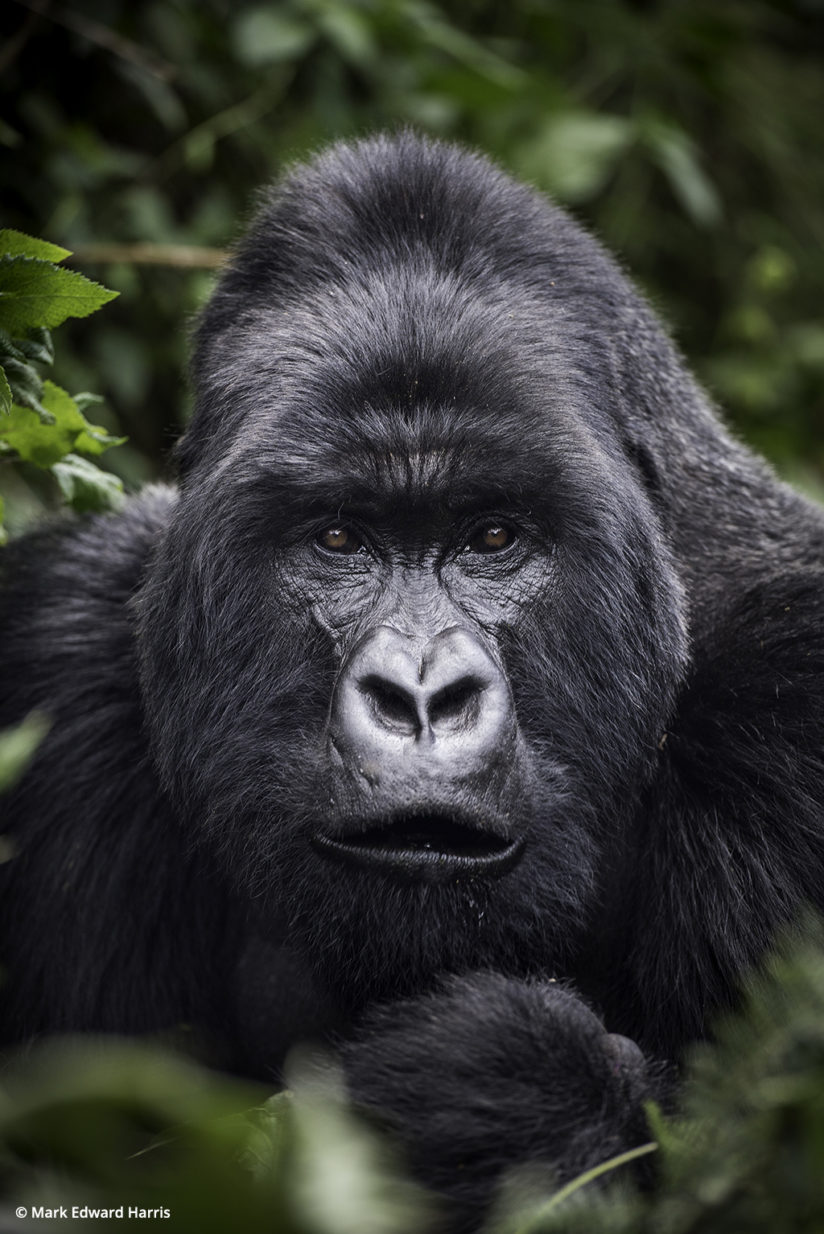
Fifty Years Later: Dian Fossey’s Legacy
Over the past five decades, the Karisoke Research Center has evolved from two tents Fossey pitched near the forest between Mt. Karisimbi and Mt. Visoke to study gorilla behavior, to a modern two-story building in nearby Musanze used by scientists, trackers and other field staff to research, monitor and protect mountain gorillas.
Early on, Fossey came to the conclusion that without positive human interdiction, the subjects of her studies could be extinct within a decade, victims of poaching and farming and cattle herding incursions into their natural habitat, the latter happening soon after Rwanda won independence from Belgium in 1962 and Hutus forced thousands of Tutsi to flee into the relative protection of the forests of the Parc National des Volcans (Volcanoes National Park), along with thousands of their Ankole-Watusi cattle.
Fifty years later, the mountain gorilla population is nearing between 800 and 900, thanks to the daily protection that is now provided. While some of Fossey’s militant techniques to ward off those who threatened the mountain gorillas can be questioned, her motivation shouldn’t.
While meeting anthropologists Louis and Mary Leakey at Olduvai Gorge and observing Jane Goodall’s research methods with chimpanzees at the Gombe Stream Research Centre were pivotal moments in Fossey’s career development, several photographers also played vital roles in her efforts.
Wildlife filmmakers Joan and Alan Root from Kenya, who were shooting footage of the mountain gorillas for a documentary, allowed Fossey to camp behind their cabin and took her into the forest to search for gorillas in 1963. She describes the experience in Gorillas in the Mist: “It was their individuality combined with the shyness of their behavior that remained the most captivating impression of this first encounter with the greatest of the great apes.”
In December 1966, Fossey returned to Africa, this time with the support of Dr. Leakey, to conduct a long-term field project on mountain gorillas. Alan Root traveled with Fossey from Kenya to the Congo, helping her to obtain the necessary permits to work in the Virungas, as well as recruiting porters to carry her supplies and gear to the Kabara meadow and others to help her set up and work with her in the newly established camp.

Fossey worked out of a 7-by-10-foot tent in Kabara. Senwekwe, an experienced gorilla tracker who had worked with the Roots in 1963, taught her much of what she came to know about tracking. By applying the knowledge she had gleaned from George Schaller’s book The Mountain Gorilla: Ecology and Behavior to her own studies and habituation efforts, Fossey identified three gorilla groups on the slopes of Mt. Mikeno on the Congolese side of the Virunga Mountains. At first the gorillas would flee into the omnipresent vegetation as soon as Fossey approached. She wrote in Gorillas in the Mist about her early efforts: “I learned to accept the animals on their own terms and never to push them beyond the varying levels of tolerance they were willing to give. Any observer is an intruder in the domain of a wild animal and must remember that the rights of that animal supersede human interests.”
Over time, Fossey gained their acceptance by at first observing them openly and from a distance, then by imitating their regular activities such as scratching and feeding—in her case chewing celery—and mimicking their contentment vocalizations. She also found “knuckle-walking” rather than being bipedal afforded her greater intimate access. Fossey began to identify the individuals by their unique “noseprints.”
In 1967, Fossey moved to the Rwandan side of the Virungas at Karisoke, where she partially habituated four groups of gorillas in 1968. In the same year, National Geographic photographer Bob Campbell came to document her work. At first Fossey saw his presence as an intrusion, but they would eventually become extremely close. His photographs of her working among the mountain gorillas helped change the image of the gorillas from dangerous beasts to gentle beings. They also drew attention to their plight and gave Fossey a certain celebrity status among the general population. Campbell observed that in the course of her years of research, Fossey developed a particularly close bond with a gorilla she named Digit because of a damaged finger on his right hand. His photograph of Digit appeared on posters around the globe.

On New Year’s Eve, 1977, Digit was killed by poachers, stabbed multiple times and his head and hands severed. While mourning the death of her friend, Fossey used the incident to gain further support for gorilla conservation, establishing the Digit Fund to raise money for her active conservation and anti-poaching initiatives. The Digit Fund evolved into the Dian Fossey Gorilla Fund International.
Gorilla Trekking In Fossey’s Footsteps
After getting a much clearer picture of the life and work of Fossey, it was time for me to head to my luxury “base camp” and prepare for my next day’s first encounter with one of our closest biological neighbors.
Perched high on a ridge, the Virunga Lodge has breathtaking views of twin lakes and the Virunga volcanoes, offering dramatic photo ops when not tracking the gorillas or other wildlife that call these mountains home. After a dinner in The Dian Fossey Map Room hosted by Volcanoes Safaris’ director Praveen Moman, a leading force in East African ecotourism, it was time to set the alarm. Dawn comes early in Africa.
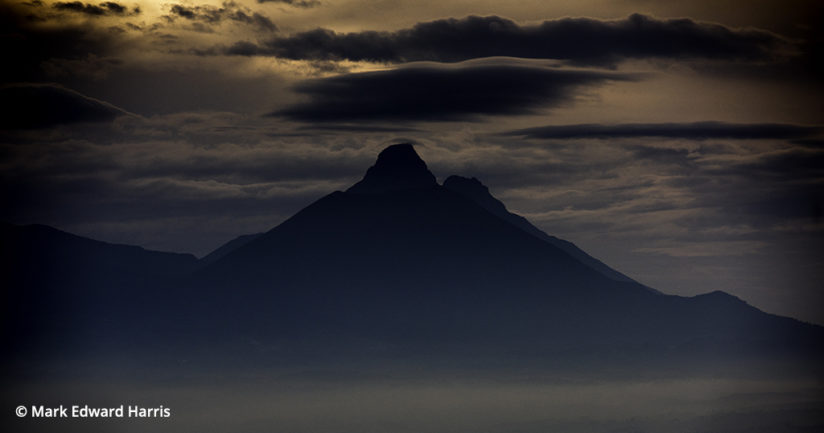
Leaving the lodge at 6 a.m. for gorilla tracking in Parc National des Volcans we rendezvous at the ORTPN (Rwandan Office for Tourism and National Parks) headquarters in Kinigi at the park entrance at 7 a.m., where trekkers are divided into groups of eight and assigned a guide to visit one of 10 habituated gorilla clans. Human access to the 100-square-mile park is limited to 80 visitors a day with arranged-in-advance permits secured for $750. While time on the mountain varies depending on the location of the gorillas, one tightly monitored hour is enforced once contact is made. Since some gorilla families are more elusive and further up the mountain than others, tracking can take a full day, especially in wet and muddy conditions.
As we get to within the vicinity of where advance spotters have located our assigned clan on the lower slopes of Mount Visoke, we are told to leave excess gear in a clearing where our porters will stay while we push on. This means leaving my bag and carrying one camera body with a 24-70mm ƒ/2.8 over my neck, another body with a 70mm-200mm ƒ/2.8 over one shoulder and my 300mm ƒ/2.8 over the other. I have back-up batteries and extra cards in my pockets.
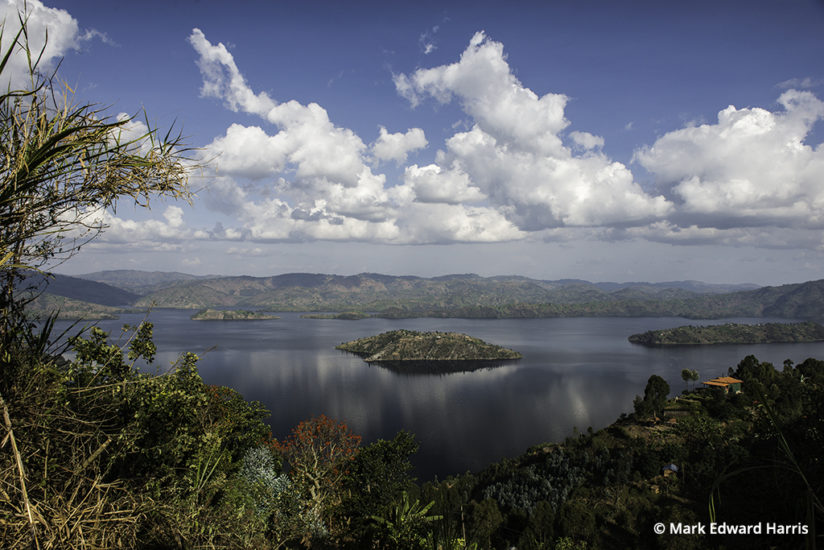
We go off trail following our guide and trackers macheting their way through thick brush. Fifteen minutes later, I round a corner and come within 20 feet of a silverback. The official distance you are required to keep is 27 feet, but in reality the mountain gorillas themselves “violate” the rules as they make their way through the thick brush. Soon other members of the group appear. Though I have done my homework, I am still surprised by the proximity to these noble creatures, so close in fact and in such small clearings that my 300mm is useful only for tight close ups, my go-to lens becoming the 70-200mm. The dense jungle eats up much of the ambient light, making my fast lenses particularly valuable, especially since flash is not allowed.
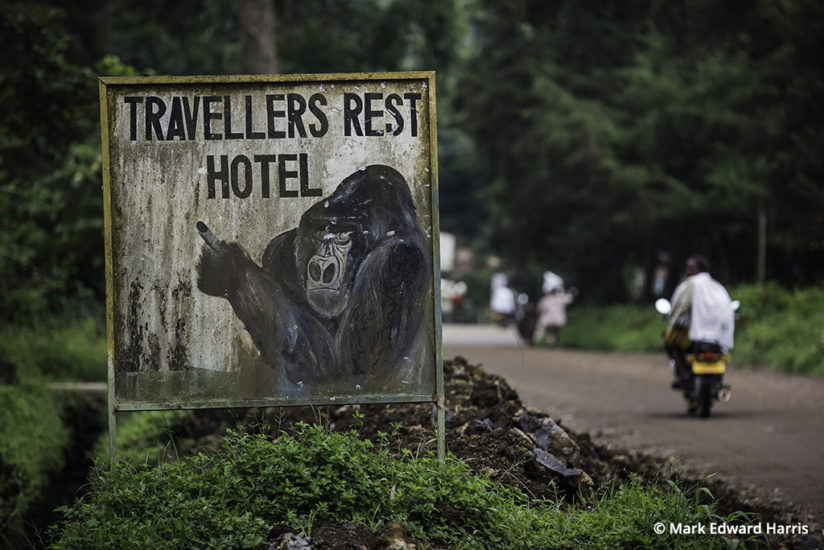
Since the Virungas border three countries, Rwanda, Uganda and the Congo, I take a two-hour drive further north to Mount Gahinga Lodge, a short walk to the entrance of Uganda’s Mgahinga Gorilla National Park. Part of my first day there is spent wandering through the villages for the opportunity to interact with the locals. The next day is for trekking and tracking for golden monkeys through a bamboo forest. After an hour and a half, we locate them high in the jungle canopy. Where shorter lenses worked with the gorillas, longer lenses are ideal, especially when the monkeys take to the trees. A 500mm with a tele-extender would not have been too long for many of the photo ops.
The drive back across the Uganda/Rwanda border, then onto Kigali for my flight home, gives me a chance to reflect not only on the past week but also on the legacy of Dian Fossey. On a late December night in 1985, a machete ended her life but not her life’s work. Perhaps it was a symbol of things to come. The genocide in 1994 took an estimated 800,000 lives.
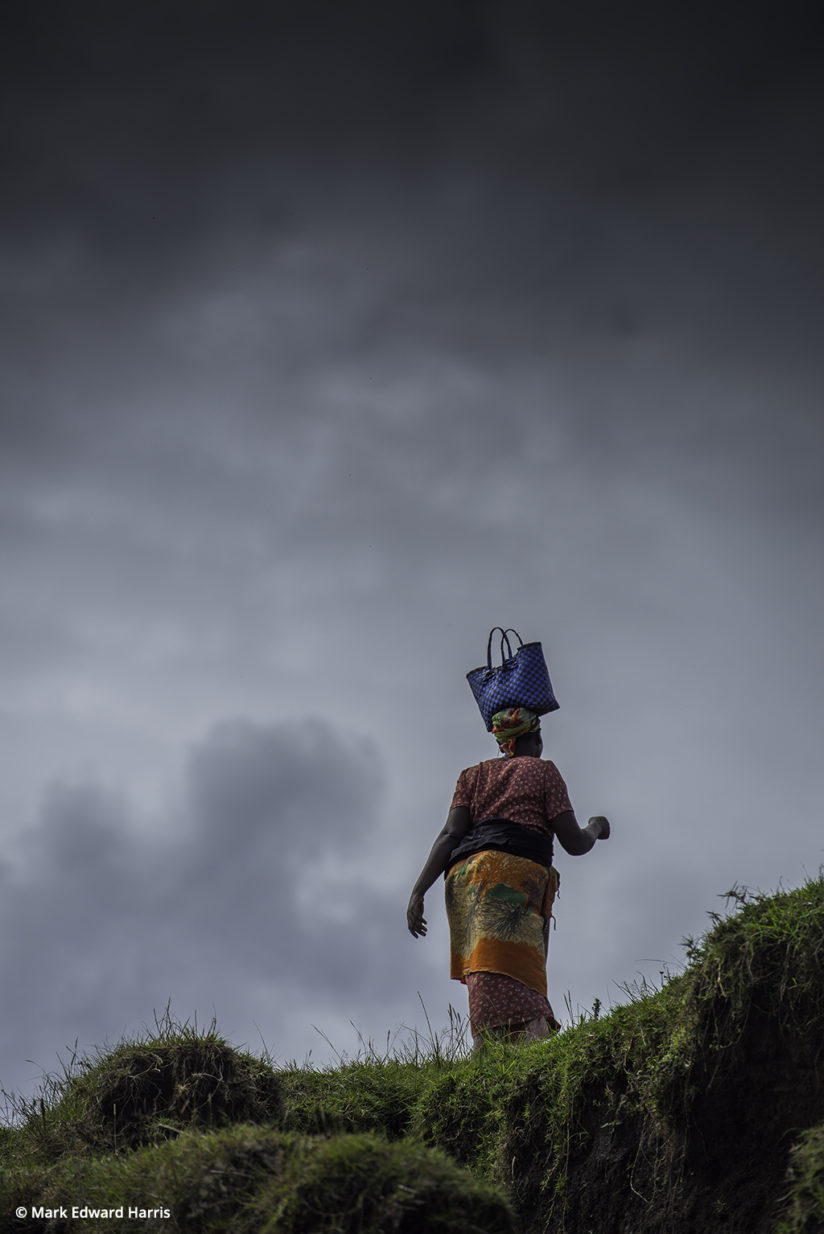
Thankfully, today the country’s denizens identify themselves first as Rwandans, not as Tutsis or Hutus. Their national symbol is the mountain gorilla. It’s a symbol of pride. Fossey, who was laid to rest in the graveyard behind her cabin at Karisoke among her gorilla friends, is a beloved figure in the country. She is recognized as the driving force behind many of the successful conservation efforts taking place today in the region. As she wrote in Gorillas in the Mist: “When you realize the value of all life, you dwell less on what is past and concentrate on the preservation of the future.”
The post Virunga Gorilla Trekking Adventure appeared first on Outdoor Photographer.

